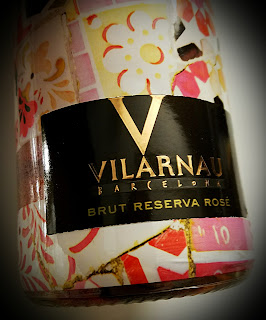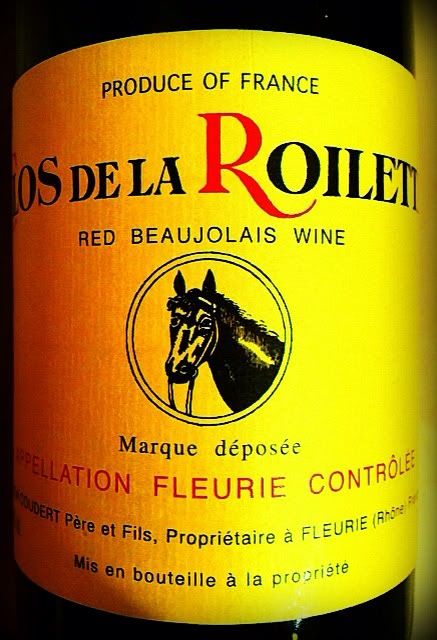Pairing wine with movies! See the trailers and hear the fascinating commentary for these movies, and many more, at Trailers From Hell. We take a loving last look this week at the work of Christopher Plummer, who passed away recently at the age of 91. R.I.P., Captain von Trapp.
In the 1979 film, Murder By Decree, Christopher Plummer plays Sherlock Holmes as a human being instead of a pitiless thinking machine. James Mason plays Dr. Watson as a man of science instead of a bumbling sidekick. These departures from the Holmes movies of decades before warmed the hearts of even the harshest critics. However, the critics were not so kind to the film's writing, pacing, direction and solution, which clocked in at considerably less than seven percent. Holmes puts his wits on the line to solve the Jack the Ripper murders, which are presented as a possible Masonic plot. I didn't see a lodge in the movie, nor did I witness any secret handshakes.
Sherlock Holmes has enjoyed a number of different wines - Burgundy from Beaune, sherry - presumably from Jerez - and a few Port wines after dinner. I would think that Holmes - particularly Plummer's Holmes - would like A Proper Claret. California's Bonny Doon Vineyards has had one in recent years, but the winery was always more Rhône oriented than Bordeaux. The wine seems to have disappeared from the BDV website, so maybe Holmes could help us track down a bottle.
The Man Who Would Be King is from 1975, which was as good a year as any to be a king. Plummer portrays Rudyard Kipling, whom you may remember as the author of the novella on which this film is based. Plummer gets to narrate the story behind lead actors Sean Connery and Michael Caine.
While conducting a ruse in a small, out-of-the-way country, Connery's character is recognized as a god and named king. He finds that it is good to be the king and wants to remain in the gig rather than rip off his nation's valuables. He then finds that it is not so good to be the god. You have to take your victories in small, easily digestible pieces, it seems. Plummer kept his hands clean while simply relating the tale.
Kipling, in one of his more lucid moments, is said to have opined, "A man can never have too much red wine, too many books, or too much ammunition." I can back the red wine part of that quote, and I have a pairing of such for The Man Who Would Be King. King Wine Estate in Oregon's Willamette Valley offers a handful of Pinot Noirs, mostly under the $100 mark. For books and bullets, you're on your own.
In The Silent Partner, 1978, Plummer gets a role into which he can sink his teeth. His Santa Claus bank robber is something anyone would relish playing. At least anyone who had ever worked as a mall Santa. I won't bore you with the details, but I think to this day that Bad Santa came about as a response to my own SoCal Santa stint.
Plummer's Santa is a tad on the psychopathic side, which I am told is an occupational hazard in the mall Santa biz. Anyway, his plan to rob a bank gets sidetracked and the teller gets the dough. The film follows Santa's efforts to reclaim the cash and exact some revenge. Sounds like the perfect job for a psychopathic mall Santa.
Pheasant Run Wine has a Walla Walla Cabernet Sauvignon called Bank Robber Red, Bank Vault Reserve. There's a story attached to the wine of a woman pulling a heist to win back her husband. They say it didn't work. Supposedly, the ex wasn't so interested in having a rich wife as he was in having one who wasn't crazy.
Follow Randy Fuller on Twitter



















